When I first entered the cryptocurrency market in 2015, I was just a fresh graduate, diving in with 200,000 yuan of startup capital from my parents. Now, after 8 years of ups and downs in this circle, having experienced three liquidations, I once lost enough that I couldn't even pay my rent, yet I also turned 500,000 yuan into 80 million during the bull market in 2021 thanks to precise planning.
Looking back now, the cryptocurrency market has never been a casino; it is a battleground that tests human nature. Today, I share the practical wisdom accumulated over 2920 days. Understanding just one point can help you avoid the trap of liquidation; knowing three points is enough to stand firm in this market.
My four-stage growth trajectory:
2016-2017: Crazy Period
I made my first wave of profits by investing in altcoin pre-sales, turning Litecoin from 30 to 2000, and Antshares multiplied by 500 times. At that time, I thought I was the chosen one, leveraged 10 times chasing after air coins, but when regulation came in 94, I lost all my profits in three days and owed the platform 300,000.
2018-2019: Dormant Period
After three months of hard work to pay off my debts, I began to deeply study candlestick patterns. I printed out the historical trends of all mainstream cryptocurrencies and covered my room with them, discovering that 90% of surges have traceable patterns. The biggest gain during this phase: the market is never short of opportunities; what it lacks is the patience to wait for them.
2020-2021: Explosive Period
Seizing the DeFi wave, from UNI to AAVE, I rigorously filtered by the criteria of "market capitalization below 500 million + active community + code audit passed," and within half a year, my assets multiplied by 160 times. At that moment, I understood that real profits come from precise control of trends.
From 2022 to now: Steady Period.
I exchanged 80% of my capital for BTC and ETH, leaving 20% for swing trading. After experiencing three bull and bear markets, I finally understood that the survival rule in the cryptocurrency market is not to get rich quickly, but to survive through each cycle.
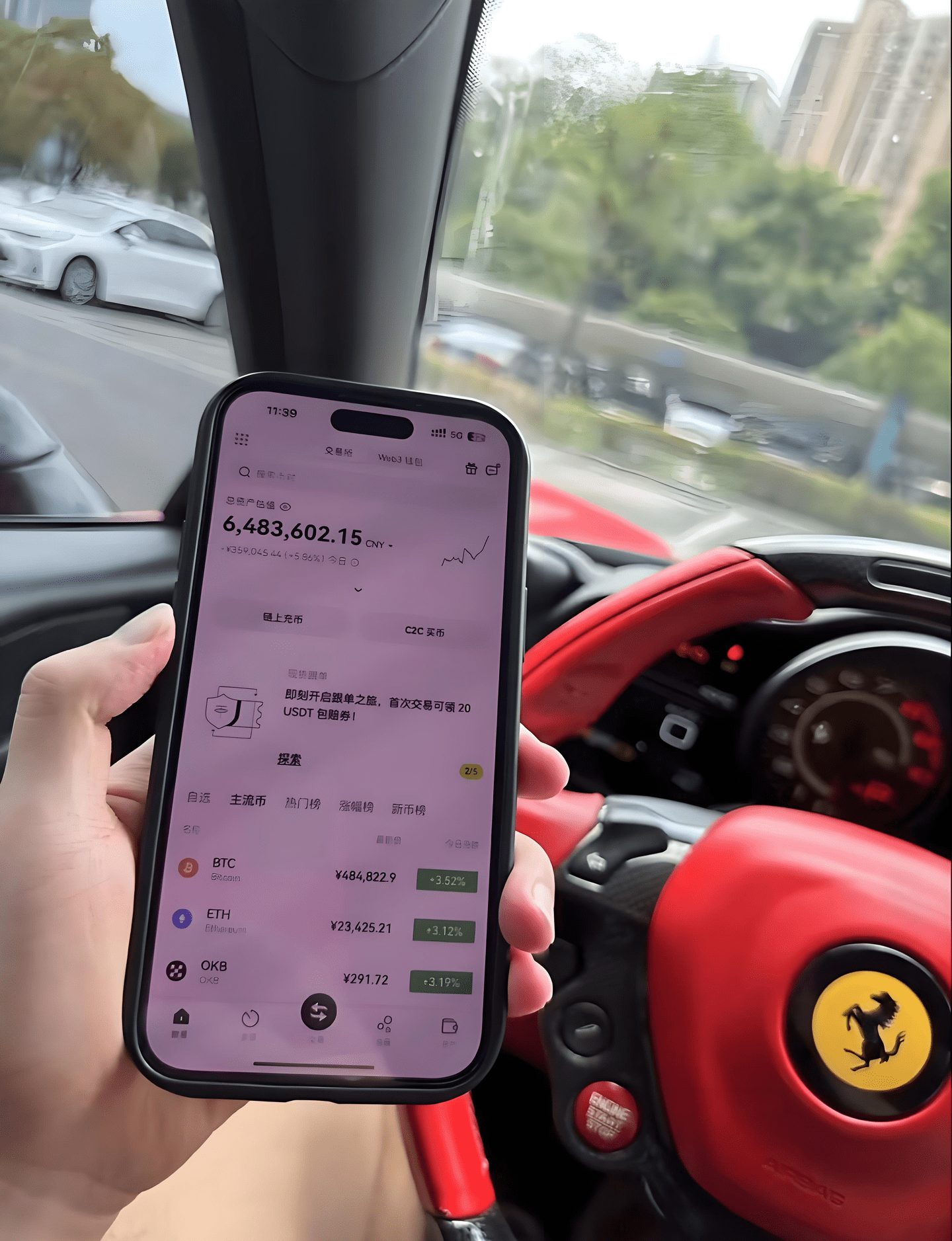
The six golden rules for turning losses into profits in cryptocurrency contracts.
In the alluring and risky field of cryptocurrency contracts, countless people dive in with dreams of getting rich, but unfortunately, they are swallowed by the vortex of losses. If you are currently trapped in losses and eager to break free and achieve a profit reversal, the following content will be the key to your comeback. As long as you can deeply understand and strictly implement the following six rules, the dawn of profits will illuminate your trading journey.
First, take profits and cut losses: the safety armor in trading.
The cryptocurrency market is like a sea with storms; the market changes rapidly, making it hard to grasp. In this turbulent trading ocean, taking profits and cutting losses is our safety armor against the winds and waves.
Taking profits is a powerful constraint on greedy desires. Imagine your cryptocurrency price soaring sky-high, with profits snowballing; the joy and excitement are simply hard to contain.
However, the market will not always develop according to your wishes; cryptocurrency prices will not rise endlessly. They will reach a peak at some point and then start to fall. Many people at this time are often blinded by greed, always thinking they can rise a bit more and earn a little more, thus missing the best profit-taking opportunity. When the market suddenly turns downward, profits can instantly vanish, and it’s even possible to turn a profit into a loss.
Therefore, it's essential to set a reasonable profit-taking target for yourself. When you reach this target, decisively close your position and securely pocket your profits. Remember, wealth in the cryptocurrency market is inexhaustible, but the funds in our accounts are limited; securing profits is the real gain.
Cutting losses is decisive action taken when facing mistakes. In trading, we inevitably make errors and judgments that lead to losing positions. At this time, many people harbor luck, thinking the market is just temporarily adjusting and will reverse at any moment, thus choosing to hold on.
But the market is ruthless; it will not change its trend because of your luck. Once the market continues to move in an unfavorable direction, your losses will snowball, potentially leading to total loss.
Thus, when you realize your judgment is wrong, you must decisively cut losses like a warrior severing their own arm. Although cutting losses may incur some losses, it can prevent you from falling into a deeper predicament and preserve your strength to continue fighting.
Second, refuse to trade frequently: abandon the impatience in trading.
In cryptocurrency contract trading, frequent trading is a common but extremely dangerous behavior, like a reckless person charging on the battlefield, easily hit by enemy bullets.
Some people always fantasize about making a fortune in both bull and bear markets, trying to profit from both sides. However, the market is complex and changeable; accurately grasping the trend from one side is already very difficult, let alone profiting from both sides.
Even experienced trading experts find it hard to achieve this. Moreover, frequent trading can lead to a serious issue: the accumulation of transaction fees. In high-leverage trading, each order incurs a fee; while it may seem small individually, it can add up significantly with frequent trades. If your win rate isn't high, your earnings may not even cover the fees, so what’s the point of such trading?
Therefore, we must abandon the impatient mentality of frequent trading, patiently wait for suitable trading opportunities, and make precise strikes.
Third, learn to stay in cash: maintain rationality in confusion.
When the market conditions are unclear and it's hard to judge the trend, learning to stay in cash is a very important trading wisdom.
Many people cannot help but feel an itch at this time, worried about missing the market and blindly opening positions. However, such behavior is like groping in the dark, lacking a clear direction and goal, making it easy to fall into the trap of losses. Missing out on a market movement can be regrettable, but compared to losses, this regret is trivial.
When you don't understand the market and cannot grasp the direction, blindly opening positions is like gambling, relying on luck rather than skill. Trading is a long-term battle; you cannot rely solely on luck to win.
We must learn to stay calm when the market is unclear and patiently wait for the market to give clear signals. Like an experienced fisherman, who quietly waits on the shore for the best fishing moment before casting their line. Only when we have a clear judgment and grasp of the market trend can we decisively enter, thus improving the success rate of our trades.
Fourth, proceed step by step: the path of trading requires steady progress.
In cryptocurrency contract trading, many people desire to get rich overnight, hoping to achieve rapid wealth growth in a short period. However, this urgent mindset often leads them into difficulties.
Trading is a gradual process, much like building a tall building, requiring steady construction brick by brick. We cannot expect to make big money right from the start; instead, we should begin with a small capital and gradually accumulate experience and funds. For instance, you can start trading with a small amount of money to familiarize yourself with the market rules and trading skills.
When you have a deeper understanding of the market and your trading ability has improved, then gradually increase your capital.
At the same time, we must reasonably control leverage ratios and not blindly pursue the high returns that high leverage brings. While high leverage can yield substantial profits when the market is favorable, it can also amplify losses several times if the market reverses. Therefore, we should choose a suitable leverage ratio based on our risk tolerance and trading ability, progressing steadily.
Just like climbing a mountain, taking one step at a time is the only way to eventually reach the summit and enjoy the beautiful scenery.
Fifth, do not over-leverage: safeguard the risk line in trading.
Over-leveraging is a major taboo in trading; it is like a time bomb hidden in the dark. Once it explodes, we will suffer massive losses.
In trading, we can never accurately predict market trends. Even if you conduct in-depth analysis and research, you cannot guarantee that your judgment is always correct. The market is full of uncertainty; any small unexpected event can lead to a reversal in trends.
For example, the market was originally rising as you expected, but suddenly a heavyweight news item, such as policy adjustments or major events, causes the market to plummet.
If you are heavily leveraged and haven't set stop-losses, your funds will face huge risks and could even be completely wiped out.
Thus, we must maintain a clear mind and not be deceived by immediate profits, resolutely avoiding over-leveraging. In trading, stability should be the priority; enter with small positions and manage risks reasonably. Only in this way can we survive the market's fluctuations and await better opportunities.
Sixth, unity of knowledge and action: overcoming the weaknesses of human nature.
Unity of knowledge and action is the hardest point to achieve in trading, yet it is the key to realizing profits. Many people understand the principles and strategies of trading theoretically, but in actual operations, they often cannot overcome human weaknesses, acting contrary to their own understanding.
For instance, we know we should take profits and cut losses, but when facing the temptation of profits and the pain of losses, it can be very difficult to act decisively. We often fantasize that the market will develop according to our wishes, unwilling to admit our mistakes, thus missing the best opportunity for profit-taking and loss-cutting.
This is the greed and fear of human nature at work. To achieve unity of knowledge and action, we need to continuously cultivate our mindset and improve our self-discipline. We can do this by formulating detailed trading plans and strictly following them to restrain our behavior.
At the same time, we must continue to learn and summarize experiences, deepen our understanding of the market, and enhance our trading confidence. Only in this way can we overcome human weaknesses in trading, achieve unity of knowledge and action, and realize profit goals.
Cryptocurrency contract trading is a battlefield full of challenges and opportunities. Only by mastering the correct methods and strategies can we stand undefeated in this battlefield.
I hope the six golden rules above can help you escape the dilemma of losses and walk towards the broad road of profits.
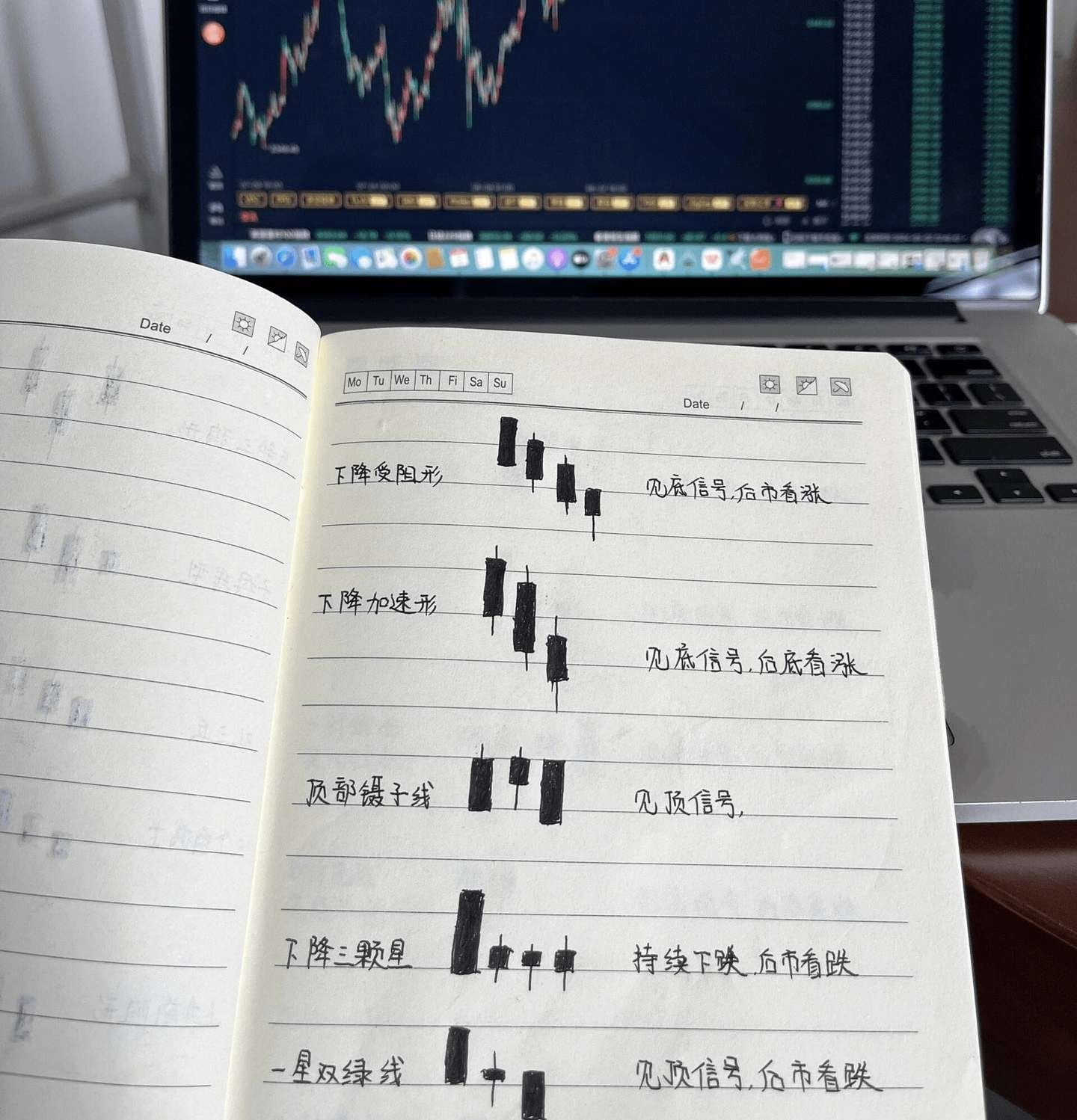
The transaction mantra of excellent operators in the cryptocurrency market:
First, buy horizontally and buy dips, don't buy vertically; sell at the peak. The cryptocurrency market resembles a mysterious sea of waves, where the price of virtual currencies fluctuates like rolling tides, never stopping. In this field full of opportunities and risks, excellent operators know that trend judgment must come first. Just as navigation requires a compass to guide the way, closely monitoring moving averages is the key to understanding the direction of the cryptocurrency market. Carefully study the subtle changes in each moving average; knowing the balance of bullish and bearish forces will help you understand the situation early and lay a solid foundation for subsequent operations.
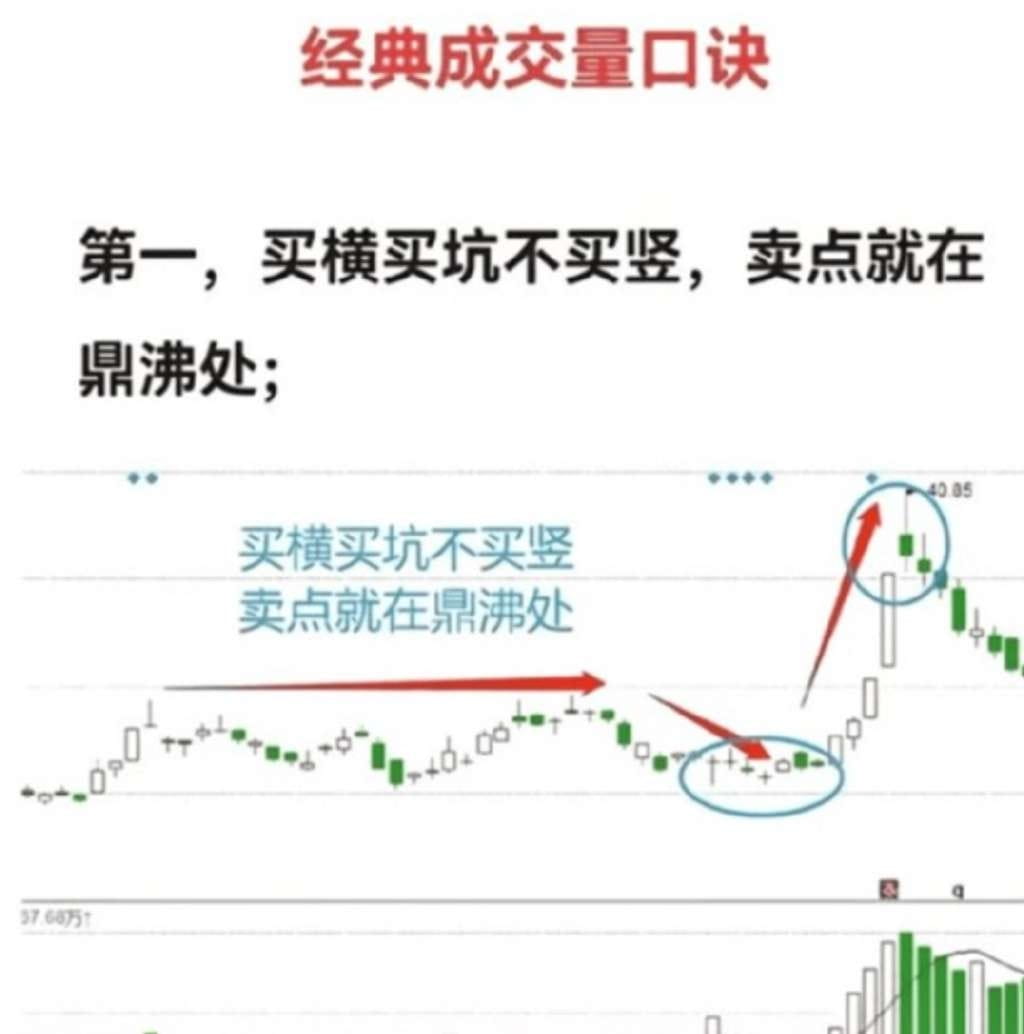
Second, consecutive small gains are real gains; leave the market during consecutive large gains. Once you accurately capture the signs of a trend, timing your entry becomes crucial. It's like a hunter waiting for the best moment to catch prey; operators must keep a close watch on unusual volume changes. The flow of funds in the market is like a hidden current; once there are abnormal volume fluctuations, it often indicates that the market is about to start. However, do not rush; patiently wait for price corrections and stabilizations before confirming it’s not a false signal and then decisively take action. Never let a momentary surge cloud your judgment and blindly chase high prices; otherwise, you risk getting trapped at high levels.
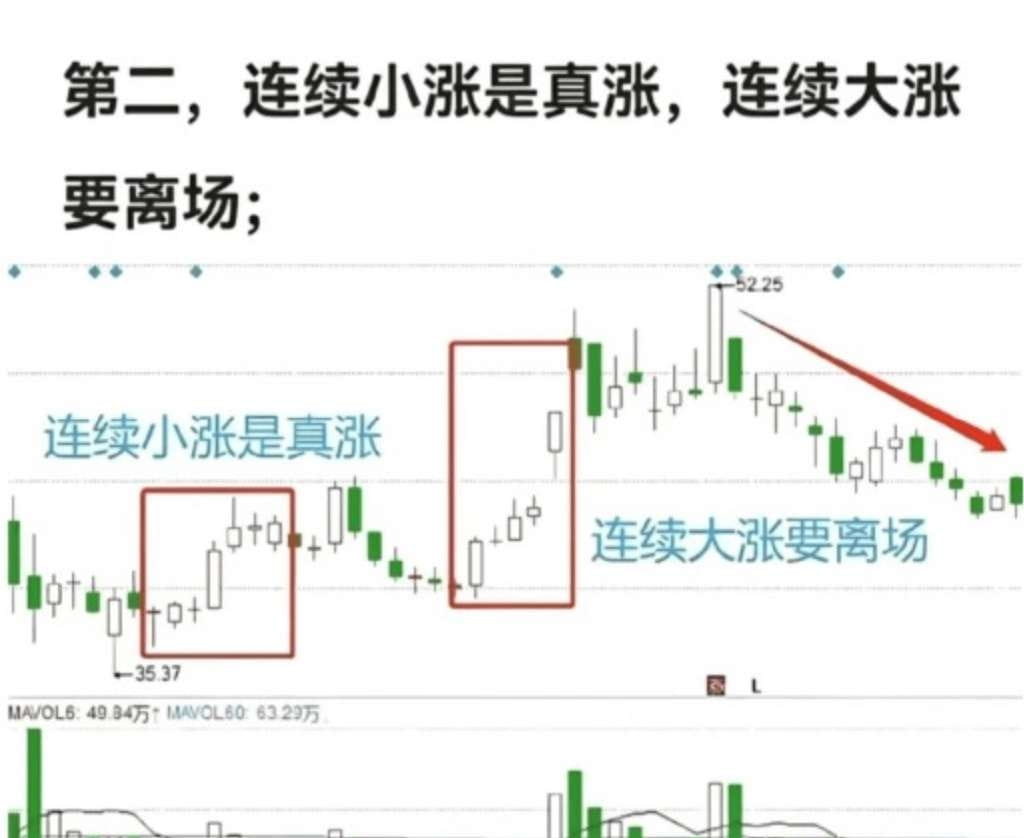
Third, a rapid drop with low volume is intimidation; withdraw quickly on a gradual drop with high volume. When entering the cryptocurrency market, setting stop-loss and take-profit levels is like guarding wealth with two strong defenses, and they must be set cleverly and precisely. Every time you place an order, you must weigh the risk-reward ratio in your mind beforehand and clarify the maximum loss you can bear. This is the basic principle for survival in the market. At the same time, when facing profits, always stay clear-headed, do not let greed blind your eyes, set reasonable profit targets, and take profits when available. Do not be greedy, or you risk losing what you have earned.
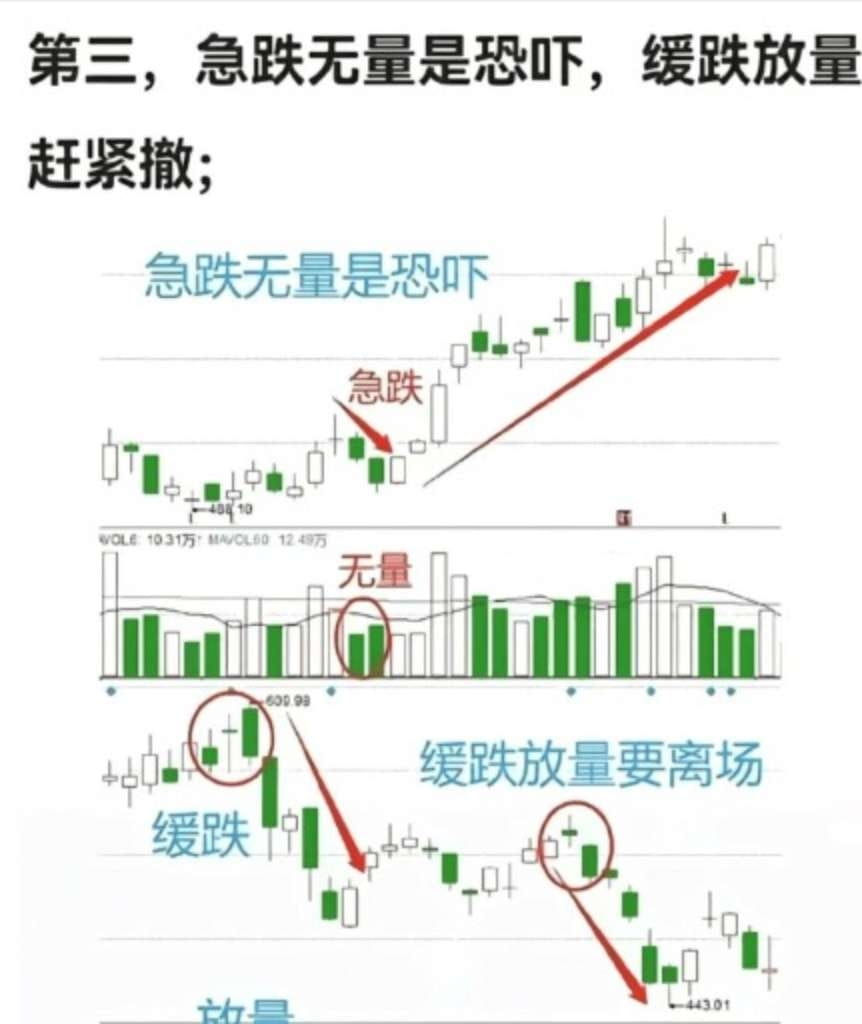
Fourth, after a significant surge, expect a pullback; don't dig deep holes or make large purchases. Properly planning operational positions is another essential skill for excellent operators. It's like conducting a military campaign; troop distribution is crucial. Never rashly commit all your 'troops,' meaning funds, in one asset, as this high-risk approach can lead to severe losses if the market reverses. Instead, a staggered entry and exit strategy can be much more subtle, gradually adjusting positions based on market changes, thereby reducing risk and flexibly responding to various sudden situations, ensuring safety amidst the market's tumult.
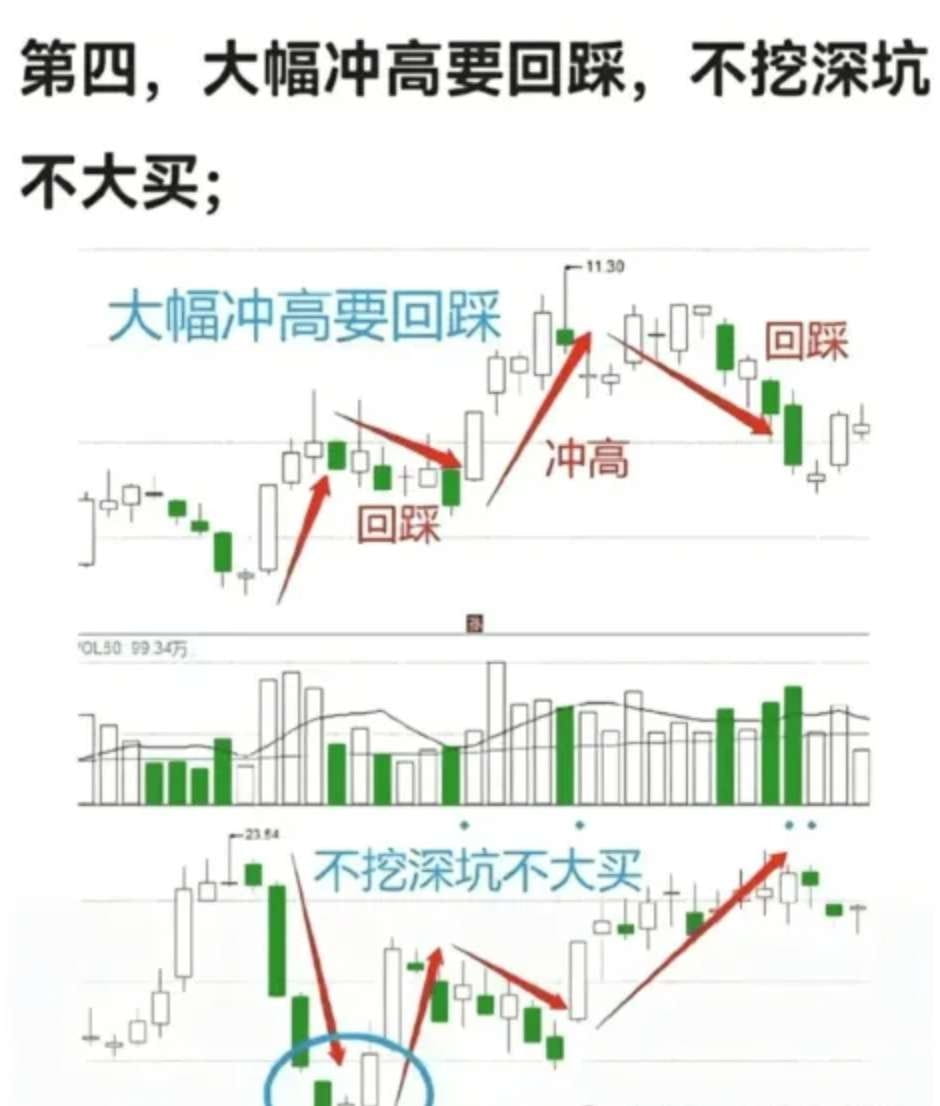
In the process of trading cryptocurrencies, never engage in emotional trading. When you see the market drop, don't panic and sell hastily; when you see the market rise, don't rush in. Such emotional actions often lead to regret. Calm analysis and rational operation are the hard truth. Trading cryptocurrencies is not just a contest of skills and strategies, but also a test of the operator's mindset!
How to play well in short-term trading?
The entire cryptocurrency market also experiences ups and downs, going from hope to despair and then back to hope.
For most people, this is particularly anxiety-inducing; this is the norm in financial markets, something everyone must experience and cannot avoid.
So, don't pay too much attention to current gains and losses, as the market continues to operate; wins and losses have yet to be revealed. Of course, for those who have been liquidated, it is about exiting early.
Because you are not in the circle, the financial game in the cryptocurrency world has nothing to do with you.
Therefore, at all times, ensure that you are alive; otherwise, no opportunity can change your fate.
Whether it's contracts or spot trading, the core of making money lies in the trend. Is it upward or downward? Only by buying in the right direction can there be profit.
The market trend that has already passed can only become history; what concerns us is only the upcoming trends. Therefore, the current focus is just one: which direction will the subsequent market trend take?
If the market goes up, you should firmly hold your spot or go long to profit; if it goes down, you should reduce your spot holdings and short the contract.
However, one point needs attention: the cycle. There is an essential difference between the big trend and the small trend.
The big trend brings returns of dozens of times, while the small trend brings returns of several percentage points.
So, whether you choose spot or contracts, you must make decisions based on this premise; otherwise, you are merely gambling, chasing after rises and cutting losses in falls, living in constant fear and exhaustion.
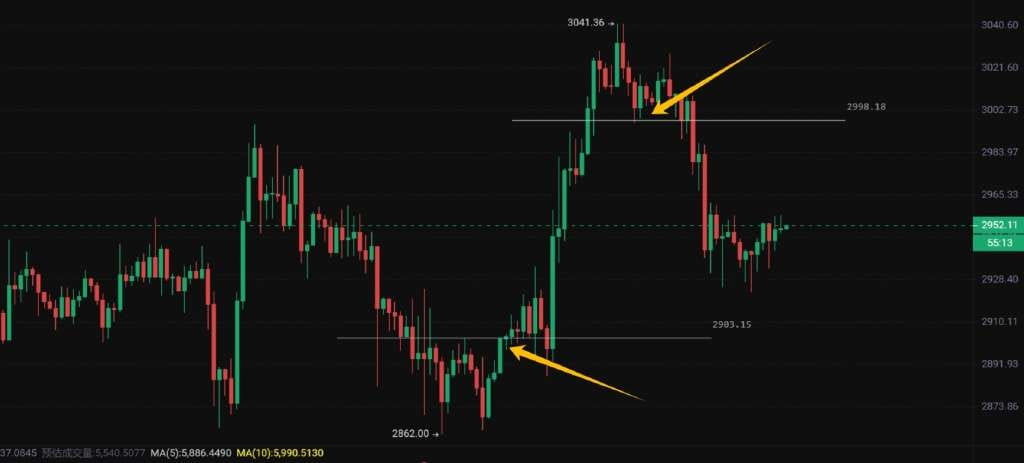
Small cycles in the technical field are not difficult at all; you just need to learn a bit of naked candlestick techniques and capture a few percentage points of the market, basically with your eyes closed.
Short-term trading in small cycles basically requires meeting three conditions to ensure profitability.
First, find support and resistance levels.
Second, sufficient patience to wait for market movements you understand.
Third, ample time to monitor the market and strictly implement profit-taking and stop-loss strategies.
For those wanting to do short-term trading, you only need to master a small trick; turning losses into profits will be very simple.
As long as you keep practicing, short-term trading becomes a routine process; when opportunities arise, execute according to the established steps.


